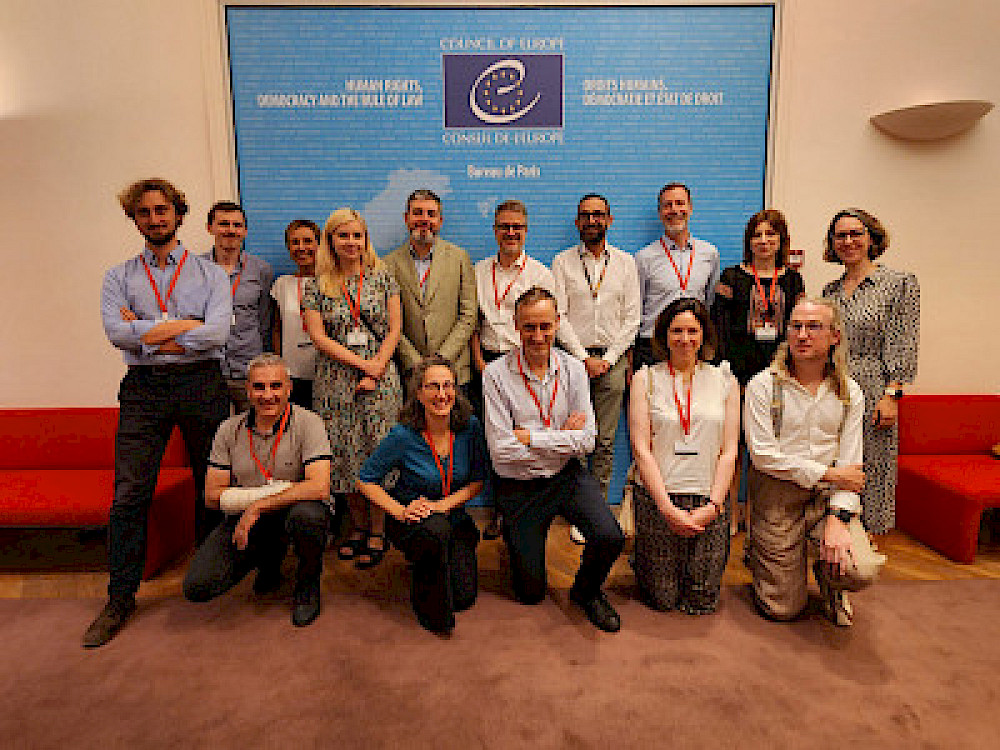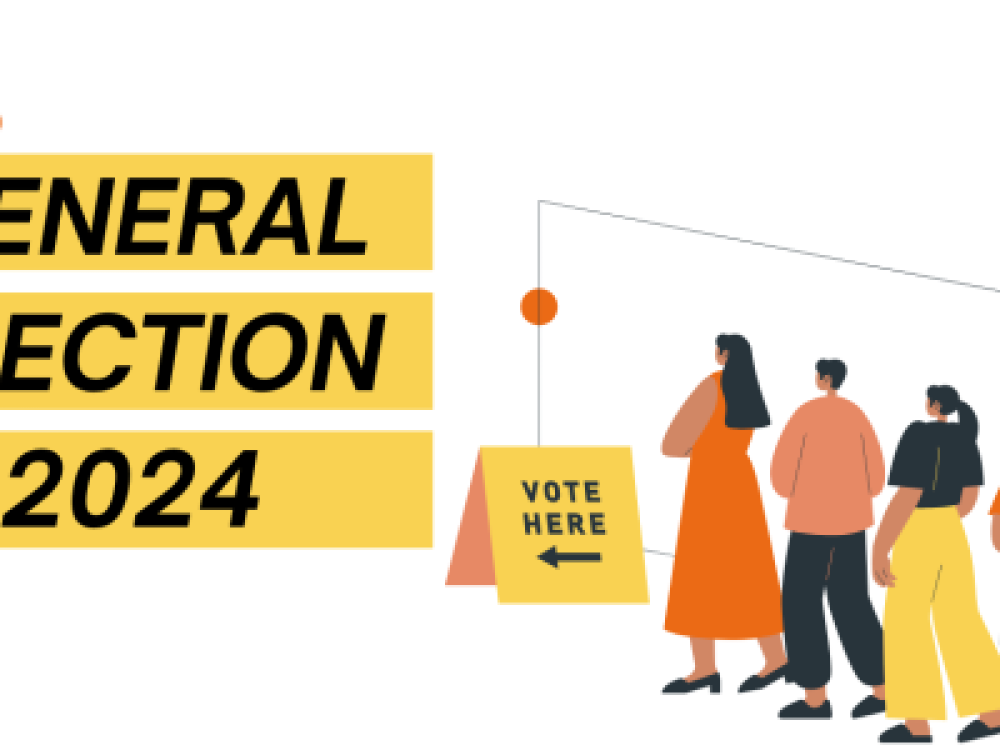Journalism is at a cross roads, under pressure from social media, experiencing financial woes and facing high levels of scepticism from publics. It is tempting to blame social media but that is not the whole story.
Social media can and have much to contribute to journalism and to what readers expect from journalism. But they also upset and disrupt existing practices and relationships. How?
First we need to consider that social media are social: they link, connect, and relate people to one another. Until recently, journalism mediated between the people and the news, deciding on an hourly, daily or weekly basis what was news. Telling the people what to think about, if not what to think. The primary role was to observe and to report. Now, social media returns journalism to society.
This is important in many ways: social media allow journalism to feel the pulse of society, to source news, and to glimpse at the impact of news. Additionally, the social element renders journalism a collaborative practice rather than a solitary endeavour. Gone are the days of the lone muckraking reporter; social media journalism operates with readers at its side, to co-author, to correct, to comment. Readers are now an integral part of journalism. Journalism is no longer just the article, it is the article and the comments, it is the article and the shares, the article and the reactions. The social element reminds journalism that its main task is to serve society. When journalism gets side-tracked by press releases and PR, social media forces it to rethink its mission and its premise.
Second, social media generates and supports new and fascinating forms of journalism. Data journalism is one such new form. At its best, data journalism relies on users’ input and interests, while making use of journalism’s unique ability to interpret, analyse, and foreground the important and newsworthy aspects of datasets. It is not data against knowledge journalism, but knowledge extracted from data. If journalism can do this while being visually and aurally captivating, then it can offer the whole shebang.
Third, social media affect the ways in which news reaches people, the distribution of news. The role of Facebook , Twitter, and more recently WhatsApp and even Snapchat in distributing news cannot be underestimated. The Reuters Digital News Report, which covered Ireland for the first time in 2015, reports that 46% of users in Ireland access news on Facebook, followed by YouTube, Twitter, Google+ and WhatsApp. They rely on social media platforms to engage with, to comment and share news with their networks. Soon, younger news audiences will know of no other way of accessing news. The new public sphere is to be found in social media and it’s massive, it’s global, it’s diverse, it’s vibrant.
But, and this is a big one, social distribution depends on algorithms and not editorial decisions. Algorithms depend on users’ likes and dislikes and on users’ networks of friends. Newsfeeds and timelines do not show what is important, but what they think you may like on the basis of your past likes. A social media user may never come across any news on economic developments because they, and people in their networks, have never previously liked or commented on any such news items. The challenge for journalism is to find a way to appear on people’s newsfeeds.
Fourth, social media are businesses. Just like the news industry they are for-profit businesses looking to survive. This makes them journalism’s competitors: they are competing against each other for attention and for advertising income. But this is a very unequal competition: a local news outlet cannot compete with a global social corporation such as Facebook or Twitter. Journalism is losing out fast. One possible avenue is to explore paywall models, but as long as there is free quality content online no-one is likely to want to pay for it. But readers should know there really isn’t any such thing as free news: if they are not paying for it, then someone else is. And readers may not necessarily like or benefit from this.
Another avenue that has been pursued is native advertising where ads are written in the same style as the newspaper and often readers cannot tell the difference. This may undermine trust in the news brands that go down this route.
Finally, a plea: journalists and readers alike must take an active part in the future of news. The future of news and journalism should not be determined only by news organizations, and social media corporations. Journalists must somehow get involved alongside the public, the people that journalism is meant to serve. They must participate in and collectively shape and restructure its future. How? By taking a stance. By debating. By using their social power to intervene, to demand, to reply and to stop accepting unacceptable things. By not settling for the lesser evil. By occasionally directly paying for journalism. By checking journalism from within as journalists and from outside as the public. Social media has given us the tools and it is vital that we do it. The future of journalism depends on it.





